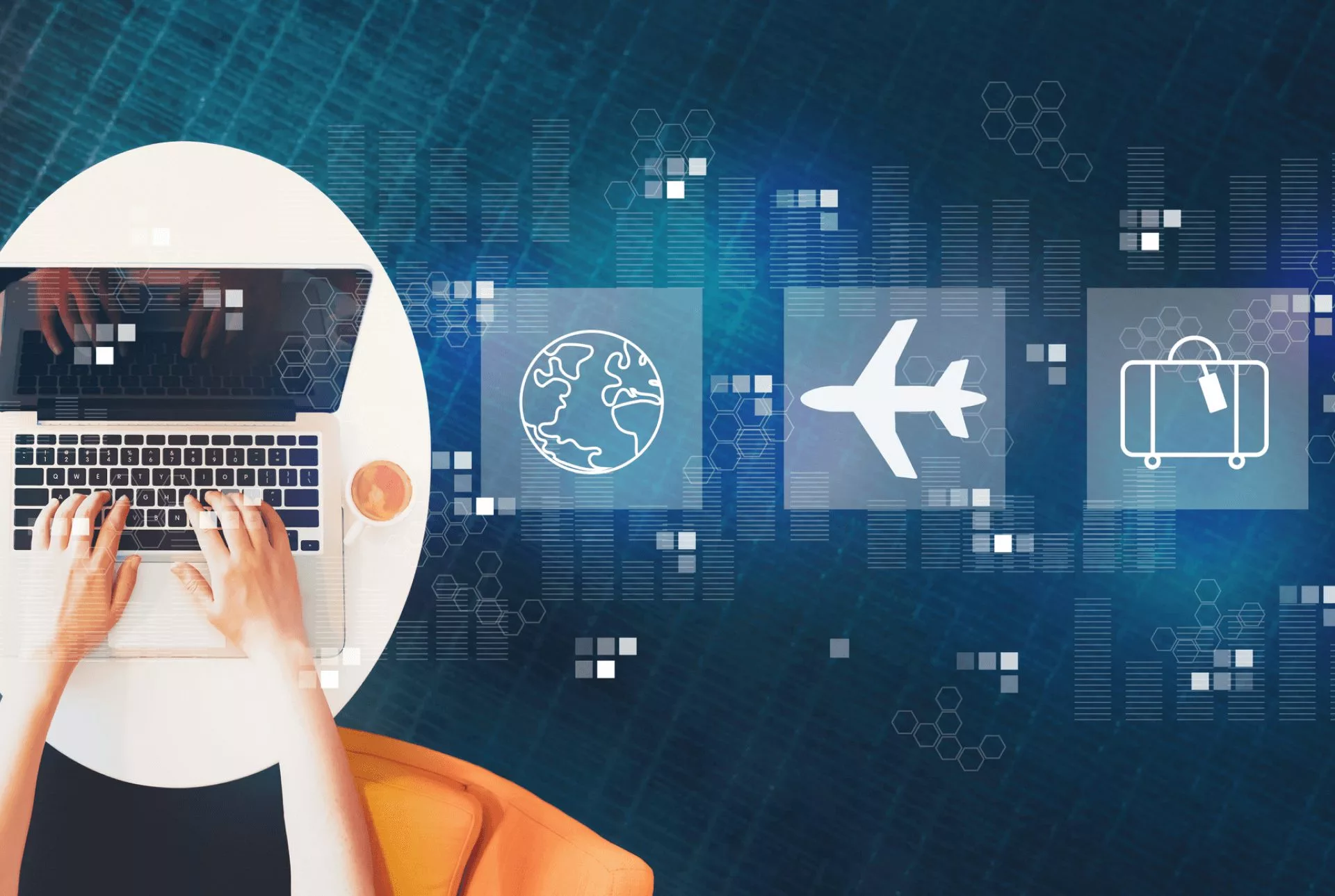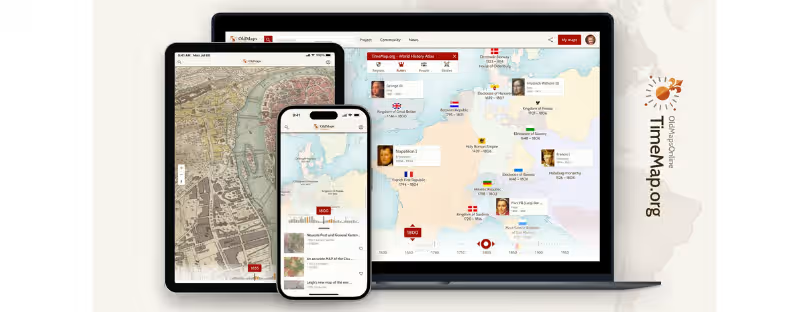
The Dark Side of Travel Tech: Cybersecurity Threats You Need to Know About
In an era where technology seamlessly integrates into our daily lives, the travel industry is no exception. From booking flights to navigating new cities, travel tech has made exploration easier and more accessible. However, with these advancements comes an underbelly of significant cybersecurity threats. As travelers become increasingly dependent on digital tools, the risks of cyberattacks and data breaches loom larger than ever. Travel Tech Cybersecurity Threats
This article explores the dark side of travel tech and highlights the cybersecurity threats every traveler should be aware of.
The Growing Dependence on Travel Technology
The convenience offered by travel technology cannot be overstated. Mobile apps, online booking platforms, digital boarding passes, and GPS navigation systems have transformed the travel experience. However, this reliance on technology also makes travelers vulnerable to cybercriminals who exploit these systems.
Smartphones: A Prime Target for Cybercriminals
Smartphones are an indispensable travel tool, used for everything from booking accommodations to storing sensitive information like passports and credit card details. This convenience, however, comes with a significant risk. Malware and spyware designed to infiltrate smartphones are becoming increasingly sophisticated, targeting unsuspecting travelers who may connect to insecure Wi-Fi networks or download malicious apps. Once infected, these devices can be used to steal personal information, monitor online activities, and even gain access to financial accounts.
Public Wi-Fi: A Cybersecurity Minefield
One of the most convenient aspects of modern travel is the widespread availability of public Wi-Fi networks. Airports, hotels, cafes, and tourist hotspots often offer free internet access, but these networks are a breeding ground for cyberattacks. Hackers can easily intercept data transmitted over unsecured connections, gaining access to sensitive information such as login credentials, credit card numbers, and personal communications.
The threat of man-in-the-middle attacks is particularly concerning. In such scenarios, attackers position themselves between the traveler and the Wi-Fi network, intercepting and potentially altering communications without the user’s knowledge. This type of attack can lead to identity theft, financial loss, and unauthorized access to personal accounts.
The Risks of Travel Booking Platforms
Online travel booking platforms have revolutionized the way we plan our trips, offering convenience and flexibility. However, these platforms are not immune to cybersecurity threats. Phishing scams, where cybercriminals create fake websites or emails that mimic legitimate booking platforms, are a common tactic used to deceive travelers into providing their personal and financial information.
In addition to phishing, data breaches pose a significant threat. High-profile breaches in recent years have exposed the personal data of millions of travelers, including names, addresses, passport numbers, and payment details. These breaches not only compromise individual security but also erode trust in the platforms that consumers rely on.
Smart Travel Accessories: Convenience at a Cost
The rise of smart travel accessories—such as luggage trackers, smart locks, and connected wearables—adds another layer of risk. While these devices offer increased convenience, they also open new avenues for cybercriminals to exploit. Many smart devices are connected to the internet and can be hacked to track a traveler’s movements, unlock luggage, or gain access to personal data stored on the device.
Moreover, these devices often lack robust security measures, making them easy targets for cyberattacks. Once compromised, the information stored on or transmitted by these devices can be used for malicious purposes, including identity theft and stalking.
Digital Travel Documents: A Double-Edged Sword
The move toward digital travel documents, such as e-passports and digital boarding passes, is a double-edged sword. While these innovations enhance convenience and reduce the need for physical documents, they also create new cybersecurity vulnerabilities. E-passports, for instance, contain RFID chips that store personal information. If these chips are not adequately protected, they can be skimmed by hackers using specialized equipment, leading to unauthorized access to sensitive data.
Digital boarding passes, often stored on smartphones, can also be intercepted if not properly secured. Cybercriminals can use this information to impersonate travelers or gain access to restricted areas within airports, posing significant security risks.
Cybersecurity Measures Every Traveler Should Implement
Given the myriad of cybersecurity threats in the travel industry, it is imperative that travelers take proactive steps to protect themselves. Here are some essential measures:
1. Use a Virtual Private Network (VPN)
A VPN is one of the most effective tools for securing internet connections, especially when using public Wi-Fi. By encrypting data transmitted over the internet, a VPN ensures that even if a hacker intercepts the data, they cannot decipher it. Travelers should always connect to a VPN before accessing the internet on public networks.
2. Update Devices Regularly
Outdated software is a common entry point for cybercriminals. Ensuring that all devices—smartphones, tablets, laptops, and smart accessories—are running the latest software versions with the most recent security patches is crucial in defending against attacks.
3. Be Wary of Phishing Scams
Travelers should exercise caution when receiving unsolicited emails or messages, especially those that request personal information or direct them to unfamiliar websites. Verifying the legitimacy of the sender before clicking on any links or providing any information can prevent phishing attacks.
4. Enable Two-Factor Authentication (2FA)
Two-factor authentication adds an extra layer of security by requiring a second form of verification in addition to a password. Enabling 2FA on all online accounts, especially those related to travel bookings and financial transactions, significantly reduces the risk of unauthorized access.
5. Avoid Using Public Computers
Public computers, such as those found in hotel business centers or internet cafes, are often poorly secured and can be infected with malware. Travelers should avoid using these devices to access sensitive accounts or input personal information.
6. Monitor Accounts for Suspicious Activity
Regularly monitoring bank accounts, credit cards, and online accounts for suspicious activity is essential. Early detection of unauthorized transactions or changes in account details can mitigate the impact of a cyberattack.
The Future of Travel Tech: Balancing Innovation with Security
As travel technology continues to evolve, so too will the cybersecurity threats associated with it. The travel industry must prioritize cybersecurity as a critical aspect of its innovation strategy. This includes investing in advanced security measures, educating consumers on best practices, and collaborating with cybersecurity experts to anticipate and counteract emerging threats.
For travelers, staying informed about the latest cybersecurity risks and adopting a proactive approach to personal security will be crucial in navigating the digital landscape of modern travel. By understanding the dark side of travel tech and taking the necessary precautions, we can continue to enjoy the benefits of innovation while minimizing the risks. Travel Tech Cybersecurity Threats










